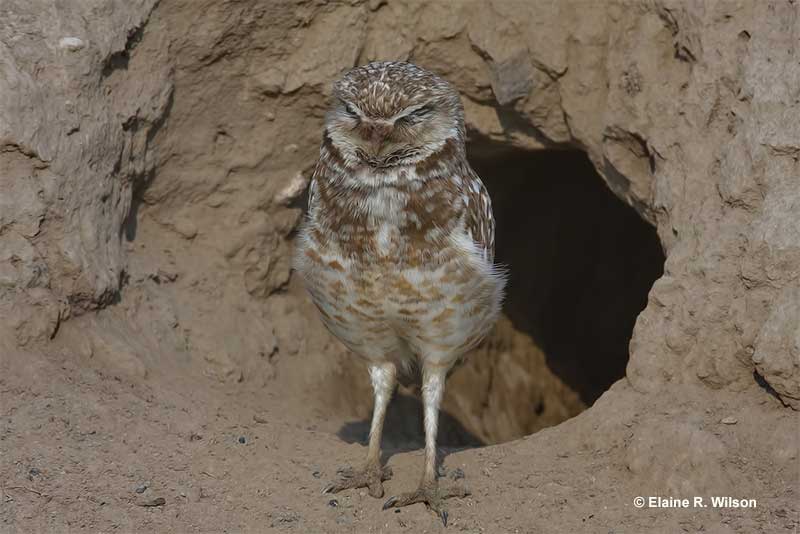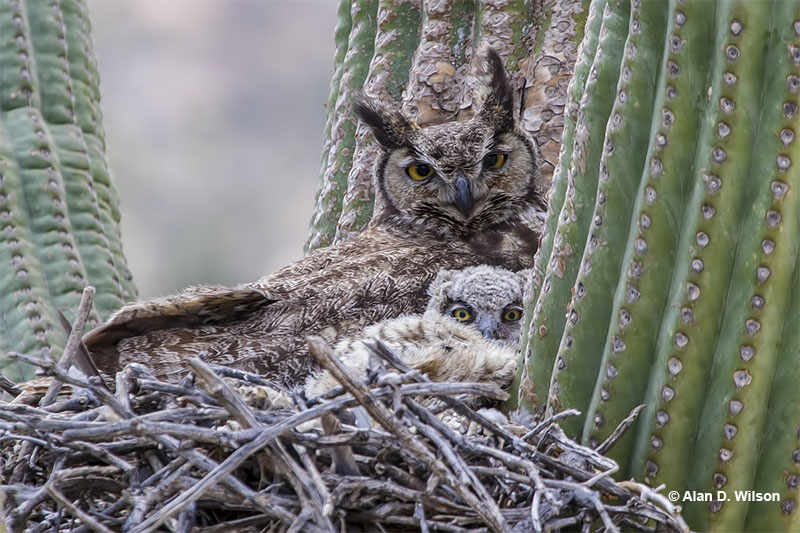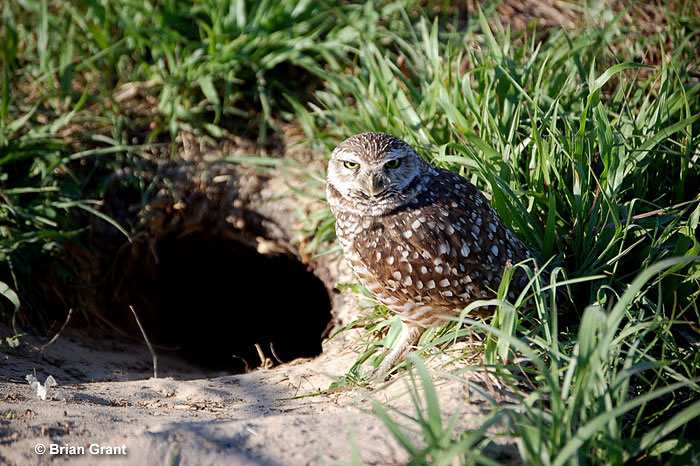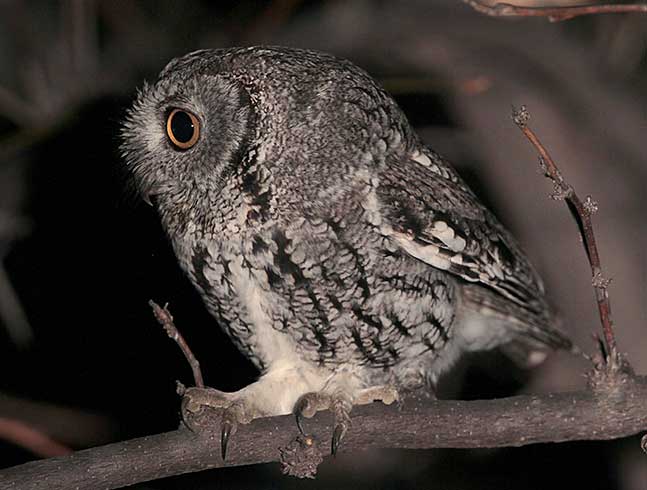
Owls are such wonderful and mysterious birds! We hear their haunting calls in the dark of the night but where do they go in the day? Walk in the woods where that owl was calling and it’s like it was never there.
Owl nests are difficult to spot, and you can’t blame them for wanting some privacy! But just like other birds, they build their nests for raising the young and protection.
So what makes their nests so special?
On this page
Where Do Owls Nest?
For the most part, owls nest in two different situations: high in a tree or in a tree cavity. The bigger owl species, like Great Horned Owls and Great Gray Owls, typically nest in big trees.
They can nest in various situations but prefer spots near plenty of prey animals and a good view of their surroundings. Great Horned Owls can also nest on rocky ledges and even in old buildings.

Since Great Horned Owls have few, if any, predators, they also sometimes nest in obvious places, right in the open! During their late winter nesting seasons, this habit can make these big raptors easy to see.
Great Gray Owls can also nest in obvious situations but are a bit more picky about their nesting spot. They prefer places next to or within bogs that host an abundance of voles and other small rodents that they eat.
Owls that use tree cavities tend to be small species like screech-owls and pygmy-owls. However, some larger owls use tree cavities too, especially Barn Owls. All of these species can use nest boxes!
Snowy Owls, Short-eared Owls, and a few other Asian and African owl species also nest on the ground, and the Burrowing Owl even nests underground!
Nest Materials And Construction
Owls can use bulky and messy nests made of sticks, but they don’t usually build their nests! How is this possible? Great Horned Owls, Long-eared Owls, and some other species routinely use nests made of sticks. How can they nest there if they didn’t actually build the nest?
The answer is simple. Such owls use old nests or simply take over a nest made by other birds. They like big and sturdy nests made of sticks, especially ones built by Common Ravens, magpies, crows, and other medium to larger species.

Burrowing Owls, however, use old holes dug by other animals.
On occasion, Great Horned Owls can also take over nests built by hawks and other raptors, and as long as an old nest is still sturdy and suitable, this and other owl species might reuse them.
Owls that nest in tree cavities and nest boxes don’t use any nesting materials either. The mother bird might use her body to make a depression in whatever debris is present but just lay their eggs on the bottom of the hole.
The only owls that do some form of nest construction are the few species that nest on the ground. The Short-eared Owl, in particular, arranges some grass and feathers to make a shallow depression for her eggs.
Owl Nesting Habits
Owls nesting habits are similar to most other raptors. In general, the female takes care of the incubation and brooding duties while the male brings her food. Incubation times for owls vary, but most species hatch after 28 to 35 days.
After hatching, their father continues to bring food for his mate and their babies. He brings the same types of food that the adults eat. For screech-owls and other small owl species, these food items can be anything from insects to scorpions, small birds, and small rodents.
Males of larger owl species can bring rats, medium-sized birds, and other animals. In the case of the powerful Snowy and Great Horned Owls, they might bring animals as large as ducks and rabbits!
When the male gives the prey to his mate, she breaks off small pieces to feed each owlet.
After a week or so, the nestlings take large bits of food and eventually swallow rodents and other small prey whole.
Related: How long do owls live?
Most owls baby owls stay in the nest for around four to six weeks. Around that time, they take their first flights from the nest. The fledglings stay in the area for several weeks more and continue to be fed by their parents from time to time.
Can You Attract Owls To Nest In Your Backyard?
Wouldn’t it be nice to have owls nesting in the backyard? Do the right things, and it might happen! Although owls might not live in highly urbanized areas, attracting owls is much easier in rural areas and neighborhoods with parks and lots of big trees.
Related: Can you keep an owl as a pet?
The first thing to consider is if the owls have enough to prey on. Since they need mice and other small animals, if your backyard or nearby areas lack those animals, owls probably won’t stick around.

To provide owls with food, plant shrubs, let the grass grow, and provide other habitats for small animals. If your backyard is near parks or other natural areas, that might work, too.
The other main requisite is a place to nest. Backyards with big trees, especially ones with crow or hawk nests, might bring in a Great Horned Owl.
Put up a nest box designed for screech-owls and you might acquire a new, special nocturnal neighbor!
FAQ’s
Is it possible for people to identify owl nests?
It’s not always possible to identify owl nests. Since owls use old raptor and crow nests, you have to be able to look inside the nest to see which type of bird is using it.
Are owl nests preyed on by other raptors?
Yes, owl nests are preyed on by other raptors. Although very few predators can attack a Great Horned Owl nest, but raccoons, weasel species, hawks, and even other owls can prey on the nests of smaller species.
Do owls use their nests again?
Yes, owls can use their nests again. They often reuse old nests.
Where do owls live during the winter?
In the winter, many owls live in the same area as during the summer. However, Flammulated Owls are long distance migrants, and several owl species that nest in the far north migrate to southern Canada and the northern USA.
Do owls attack when you get too close to their nest?
Owls are usually more scared of humans than we are of them, but if you wander too close to their nest, they might try to scare you away.

